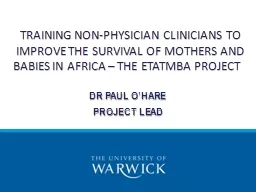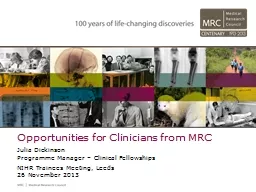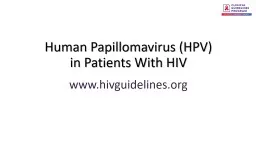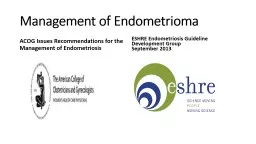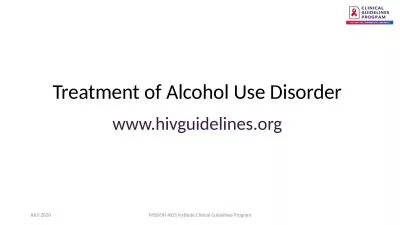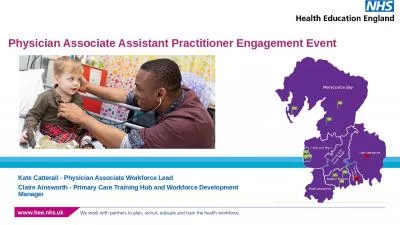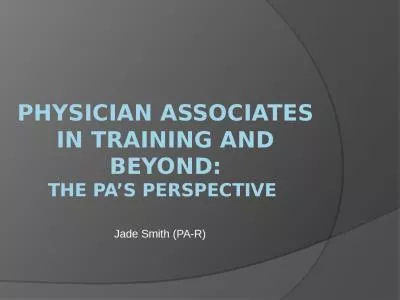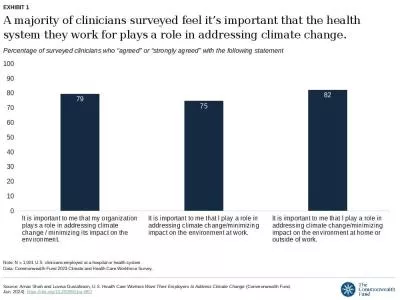PPT-TRAINING NON-PHYSICIAN CLINICIANS TO
Author : tatyana-admore | Published Date : 2019-02-15
IMPROVE THE SURVIVAL OF MOTHERS AND BABIES IN AFRICA THE ETATMBA PROJECT DR PAUL OHARE PROJECT LEAD ETATMBA Enhancing Training and Appropriate Technologies for
Presentation Embed Code
Download Presentation
Download Presentation The PPT/PDF document "TRAINING NON-PHYSICIAN CLINICIANS TO" is the property of its rightful owner. Permission is granted to download and print the materials on this website for personal, non-commercial use only, and to display it on your personal computer provided you do not modify the materials and that you retain all copyright notices contained in the materials. By downloading content from our website, you accept the terms of this agreement.
TRAINING NON-PHYSICIAN CLINICIANS TO: Transcript
Download Rules Of Document
"TRAINING NON-PHYSICIAN CLINICIANS TO"The content belongs to its owner. You may download and print it for personal use, without modification, and keep all copyright notices. By downloading, you agree to these terms.
Related Documents

